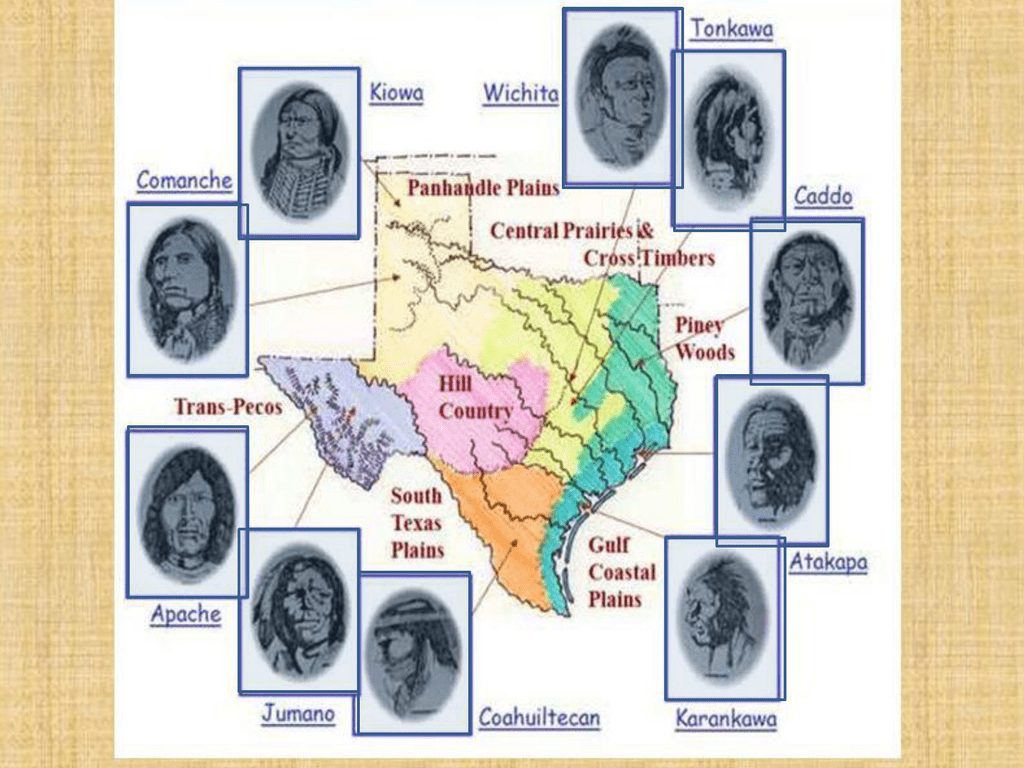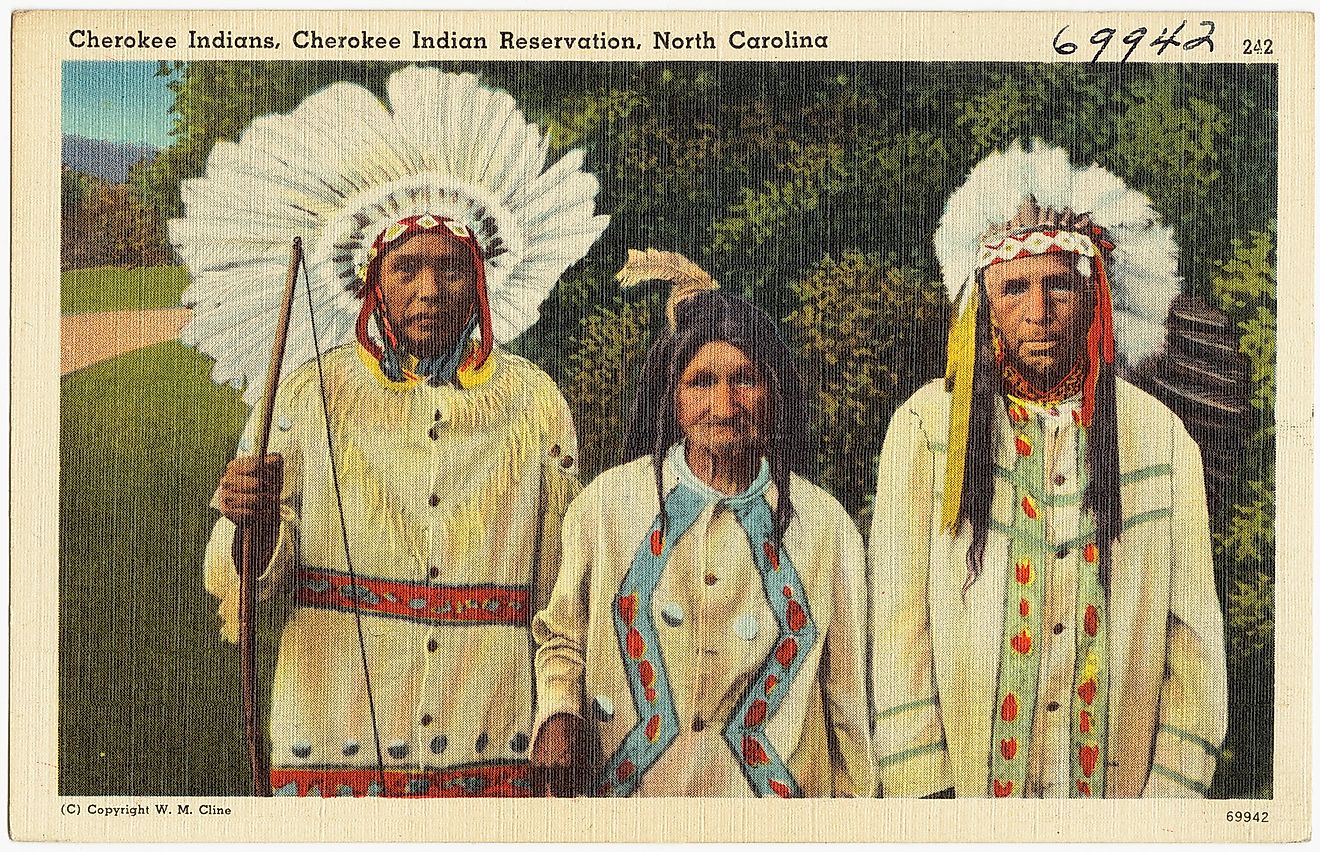The Enduring Legacy of Texas’ Native Tribes: A Journey Through History and Culture
The Enduring Legacy of Texas’ Native Tribes: A Journey Through History and Culture

Texas, a state known for its vast landscapes and vibrant culture, holds a rich history deeply intertwined with the lives and legacies of its indigenous people. From the arid deserts of the west to the lush forests of the east, Native American tribes have inhabited this land for millennia, leaving behind a tapestry of traditions, languages, and stories that continue to resonate today. This article delves into the diverse tapestry of Texas’ Native tribes, exploring their unique identities, historical struggles, and enduring contributions to the state’s cultural landscape.
A Land of Diverse Tribes:
Related Articles: The Enduring Legacy of Texas’ Native Tribes: A Journey Through History and Culture
- Discover the Enchanting World of Indigenous Guanajuato: A Journey into the Heart of Native Tribes
- Unravel the Secrets of Wampanoag Pronunciation: A Native American Language Guide
- Native American Heritage Day: A Federal Holiday Worth Celebrating!
- Tread Lightly: Mother Earth’s Pregnant Embrace – Native Wisdom for Sustainable Living
- Unveiling the Culinary Delights of the Lakota Tribe: A Feast for the Senses
Texas, with its varied geography and abundant resources, provided a fertile ground for the development of distinct cultures. From the nomadic hunter-gatherers of the plains to the skilled farmers of the river valleys, the state was home to a multitude of Native American tribes, each with its own language, customs, and beliefs.
The Caddo Nation:
The Caddo, known for their sophisticated agricultural practices and intricate social structures, resided in the eastern and northeastern regions of Texas. They were skilled farmers, cultivating corn, beans, and squash, and were also adept hunters and fishermen. Their complex social hierarchy, led by chiefs and councils, fostered a strong sense of community and governance. The Caddo were also renowned for their artistic talents, creating beautiful pottery, intricate beadwork, and elaborate ceremonial masks.
The Comanche Nation:
The Comanche, a fierce and nomadic people, dominated the central and western regions of Texas. Known for their equestrian skills and mastery of warfare, they were formidable warriors who fiercely defended their territory. Their nomadic lifestyle allowed them to adapt to the changing seasons, hunting bison and other game across the vast plains. The Comanche language, a vibrant and complex language, played a crucial role in their cultural identity and survival.
The Apache Nation:
The Apache, like the Comanche, were skilled horsemen and warriors who roamed the vast plains and deserts of Texas. Their adaptability and resilience allowed them to thrive in challenging environments, developing unique hunting and survival strategies. They were known for their fierce independence and resistance to encroachment, engaging in fierce battles with both European settlers and other Native American tribes. The Apache language, a diverse family of dialects, reflected their distinct cultural identities and traditions.
The Karankawa Nation:

The Karankawa, a coastal tribe residing along the Texas Gulf Coast, were known for their maritime skills and their unique cultural practices. They were skilled fishermen and navigators, utilizing canoes and kayaks to navigate the waters and gather shellfish. Their unique language, distinct from other Texas tribes, reflected their close connection to the sea. The Karankawa were also known for their intricate tattoos and their distinctive clothing made from animal hides and plant fibers.
The Tonkawa Nation:
The Tonkawa, a nomadic tribe residing in central Texas, were known for their distinctive language and their unique cultural practices. They were skilled hunters and warriors, known for their adaptability and resilience. Their language, a unique isolate unrelated to any other known language, reflected their distinct cultural identity. The Tonkawa were also known for their distinctive clothing and their use of intricate beadwork and shell ornaments.
The Lipan Apache Nation:
The Lipan Apache, a sub-group of the Apache people, resided in the central and western regions of Texas. They were known for their equestrian skills and their fierce independence. They were skilled hunters, warriors, and raiders, and they engaged in frequent conflicts with both European settlers and other Native American tribes. Their language, a dialect of the Apache language, reflected their unique cultural identity and traditions.

The Alabama-Coushatta Tribe:
The Alabama-Coushatta Tribe, a unique group residing in East Texas, are the only federally recognized tribe in Texas. They are a fusion of two distinct groups, the Alabama and the Coushatta, who came together in the 18th century. They are known for their rich cultural heritage, their traditional dances, and their beautiful beadwork and basketry. Their language, a blend of Alabama and Coushatta dialects, reflects their unique cultural identity.
A Legacy of Resistance:
The history of Texas’ Native tribes is not just a story of vibrant cultures and enduring traditions, but also one of resilience and resistance in the face of relentless pressure from European settlers. From the early days of Spanish colonization to the later arrival of Anglo-American settlers, Native American tribes faced displacement, dispossession, and cultural suppression.
The Texas Indian Wars:

The arrival of European settlers in Texas led to a series of conflicts known as the Texas Indian Wars. These wars, often fueled by land disputes, resource competition, and cultural clashes, resulted in significant loss of life and displacement for Native American tribes. The Comanche, Apache, and other tribes, known for their fierce resistance, fought valiantly to defend their territories and way of life.
The Trail of Tears:
The forced removal of Native American tribes from their ancestral lands, known as the Trail of Tears, also impacted Texas’ indigenous people. The removal of the Cherokee Nation, which had established a thriving community in East Texas, was a devastating event that resulted in the loss of life, cultural disruption, and the forced relocation of thousands of people.
The Legacy of Survival:
Despite the hardships they faced, Texas’ Native tribes have persevered, maintaining their cultural traditions and fighting for recognition and self-determination. They have played a vital role in shaping the cultural landscape of the state, contributing to its artistic expressions, culinary traditions, and storytelling.
Contemporary Challenges and Resilience:
Today, Texas’ Native tribes continue to face challenges, including poverty, lack of access to healthcare, and limited educational opportunities. However, they remain resilient, working to preserve their cultural heritage, promote economic development, and advocate for their rights.
Cultural Preservation and Revitalization:
Many Texas Native tribes are actively engaged in preserving and revitalizing their languages, traditions, and cultural practices. They are working to educate future generations about their history, culture, and contributions to the state. They are also actively involved in promoting economic development through cultural tourism, art, and crafts.
The Future of Texas’ Native Tribes:
The future of Texas’ Native tribes is one of hope and resilience. They are working to overcome the challenges they face, preserving their cultural heritage, and advocating for their rights. They are a vital part of the state’s history and culture, and their voices and perspectives continue to enrich the tapestry of Texas.
FAQ about Native Tribes of Texas
Q: How many Native American tribes are there in Texas?
A: There are currently eight federally recognized tribes in Texas: the Alabama-Coushatta Tribe of Texas, the Caddo Nation of Oklahoma, the Cherokee Nation of Oklahoma, the Comanche Nation, the Kickapoo Tribe of Texas, the Lipan Apache Tribe, the Tonkawa Tribe of Oklahoma, and the Ysleta del Sur Pueblo.
Q: What are some of the most prominent Native American tribes in Texas history?
A: The Comanche, Apache, Caddo, and Karankawa are some of the most prominent Native American tribes in Texas history. They played significant roles in shaping the state’s cultural landscape and its history.
Q: What are some of the cultural traditions of Texas Native tribes?
A: Texas Native tribes have a rich tapestry of cultural traditions, including traditional dances, storytelling, music, art, and crafts. They are known for their beautiful beadwork, pottery, basketry, and intricate ceremonial masks.
Q: What are some of the challenges faced by Texas Native tribes today?
A: Texas Native tribes continue to face challenges such as poverty, lack of access to healthcare, and limited educational opportunities. They are also working to address issues of cultural preservation and self-determination.
Q: What can I do to support Texas Native tribes?
A: You can support Texas Native tribes by learning about their history and culture, visiting their museums and cultural centers, and supporting their economic development initiatives. You can also advocate for their rights and support their efforts to preserve their cultural heritage.
The story of Texas’ Native tribes is a testament to their enduring spirit, their resilience in the face of adversity, and their vital contributions to the state’s cultural landscape. As we continue to learn from their history and celebrate their traditions, we recognize the importance of honoring their legacy and working to ensure a brighter future for Texas’ indigenous people.

Closure
Thus, we hope this article has provided valuable insights into The Enduring Legacy of Texas’ Native Tribes: A Journey Through History and Culture. We thank you for taking the time to read this article. See you in our next article!